
As with carbohydrates, fats are made up of carbon, oxygen and hydrogen. Unlike carbohydrates however, fats are rich in carbon and hydrogen and poor in oxygen. As a result, fats have a higher level of heat or energy equivalent. There are some differences between the way fats are produced in plants, animals and humans. With plants, fats result from water and carbon dioxide while in humans and animals fats come from dietary regime and from the metabolism of carbohydrates into fat. Normally, this metabolism produces the most fat.
Composition
With regard to digestion, glycerin and fatty acids are the components that comprise fats. Energy is produced through glycerin in fats and it is metabolised in a similar fashion to carbohydrates. Fatty acids are essentially chains of carbon, oxygen and hydrogen atoms. These so-called chains contain links which, if hydrogen becomes attached, may cause fat to be more solid in its makeup. Hydrogenated fat is the result.
However, if oxygen attaches itself to the links, for example if the fat is exposed to air, the fat may become rancid.
Types of Fats
Animal fats are the main producers of saturated fats - the fats are found in flesh, eggs and dairy products. This type of fat solidifies at room temperature. Saturated fats contain no nutritional value and have no useful function; the presence of saturated fats in the body is generally negative.Unsaturated fats are essentially fatty acids with space for more links in the chain. For example, fatty acids in which not all of the carbon atoms in the chain are accompanied by the full complement of hydrogen atoms. Gaps in the chain can be useful for the body, in that these gaps allow important nutrients to bond with the fatty acids. This may assist internal transportation and thus the building of cell structure.Vegetable fats have a high proportion of unsaturated fatty acids while conversely, animal fats contain very little. Nuts and seeds can prove to be useful sources of unsaturated fats.
Like unsaturated fats, polyunsaturated fats have open links, at least two or more and these fats are often used in making margarine or shortening, through hydrogenation.
In the hydrogenation process, hydrogen atoms are inserted into the open links in the fatty acid chains. Complete hydrogenation may lead to total solidification, but normally the process is controlled in order to allow for various levels of solidification can be reached. Hydrogenated fats contain no nutrition and produce empty calories, but cannot become rancid, which has lead to widespread manufacturing of this type of fat.
Digestion
Fat takes longer to digest than carbohydrates or proteins. Adding fatty foods such as peanuts or corn can delay digestion by a few hours; the natural digestive process is interrupted, since digestive juices are denied access to the foods until the fatty oils are digested. Fats may also cause fermentation or putrification in the stomach as a result of this delay.
During digestion, fats move to the small intestine, which causes the gallbladder to force bile into the intestine, thus emulsifying all the fat in the intestines. After this, fats split into either glycerol or fatty acids and can then by absorbed into the intestine. In this process, fatty acids may form chylomicrons as a result of a combination with proteins. Chylomicrons enter into lymph circulation and the acids are converted into energy.


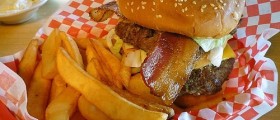

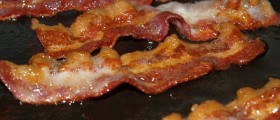
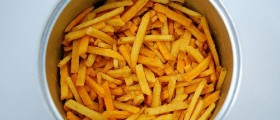
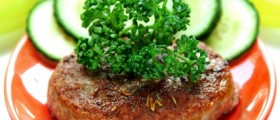

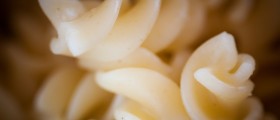
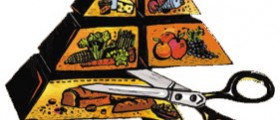
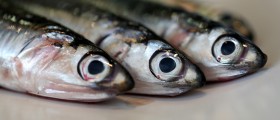
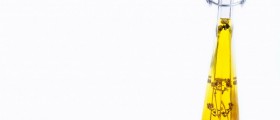
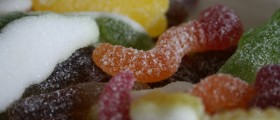
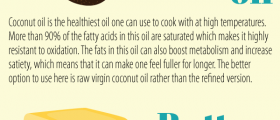
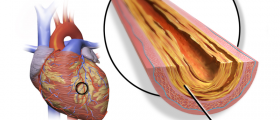
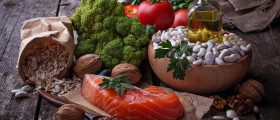
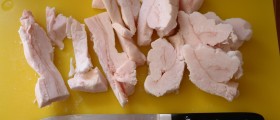
Your thoughts on this
Loading...